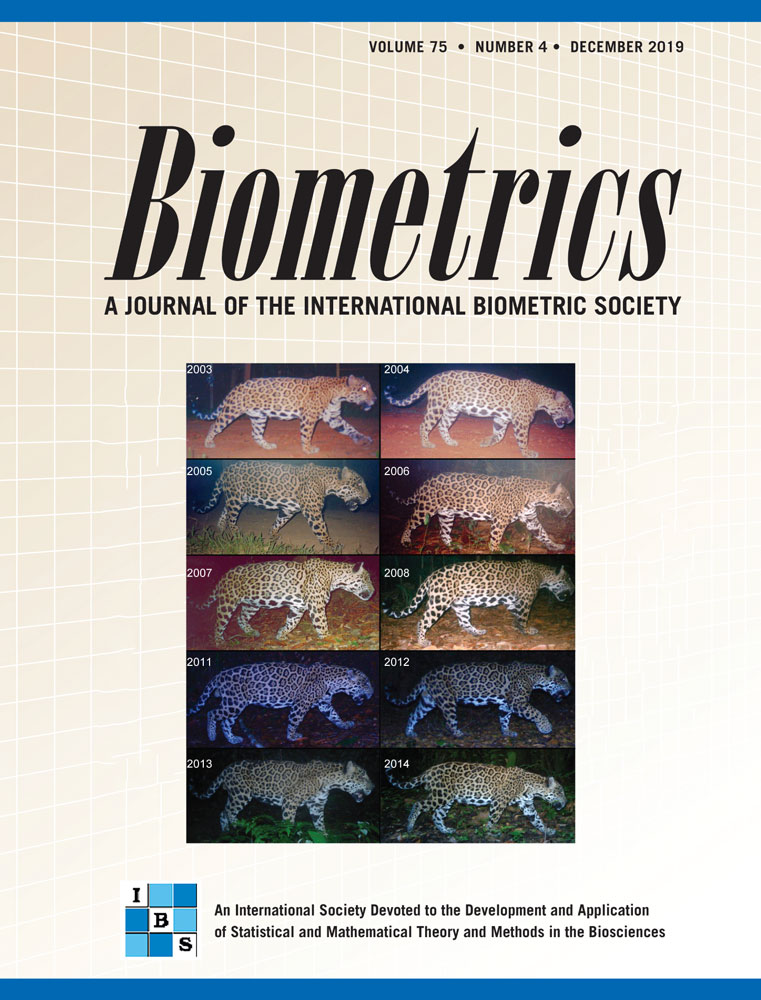Integer-valued functional data analysis for measles forecasting
Abstract
Measles presents a unique and imminent challenge for epidemiologists and public health officials: the disease is highly contagious, yet vaccination rates are declining precipitously in many localities. Consequently, the risk of a measles outbreak continues to rise. To improve preparedness, we study historical measles data both prevaccine and postvaccine, and design new methodology to forecast measles counts with uncertainty quantification. We propose to model the disease counts as an integer-valued functional time series: measles counts are a function of time-of-year and time-ordered by year. The counts are modeled using a negative-binomial distribution conditional on a real-valued latent process, which accounts for the overdispersion observed in the data. The latent process is decomposed using an unknown basis expansion, which is learned from the data, with dynamic basis coefficients. The resulting framework provides enhanced capability to model complex seasonality, which varies dynamically from year-to-year, and offers improved multimonth-ahead point forecasts and substantially tighter forecast intervals (with correct coverage) compared to existing forecasting models. Importantly, the fully Bayesian approach provides well-calibrated and precise uncertainty quantification for epi-relevant features, such as the future value and time of the peak measles count in a given year. An R package is available online.




